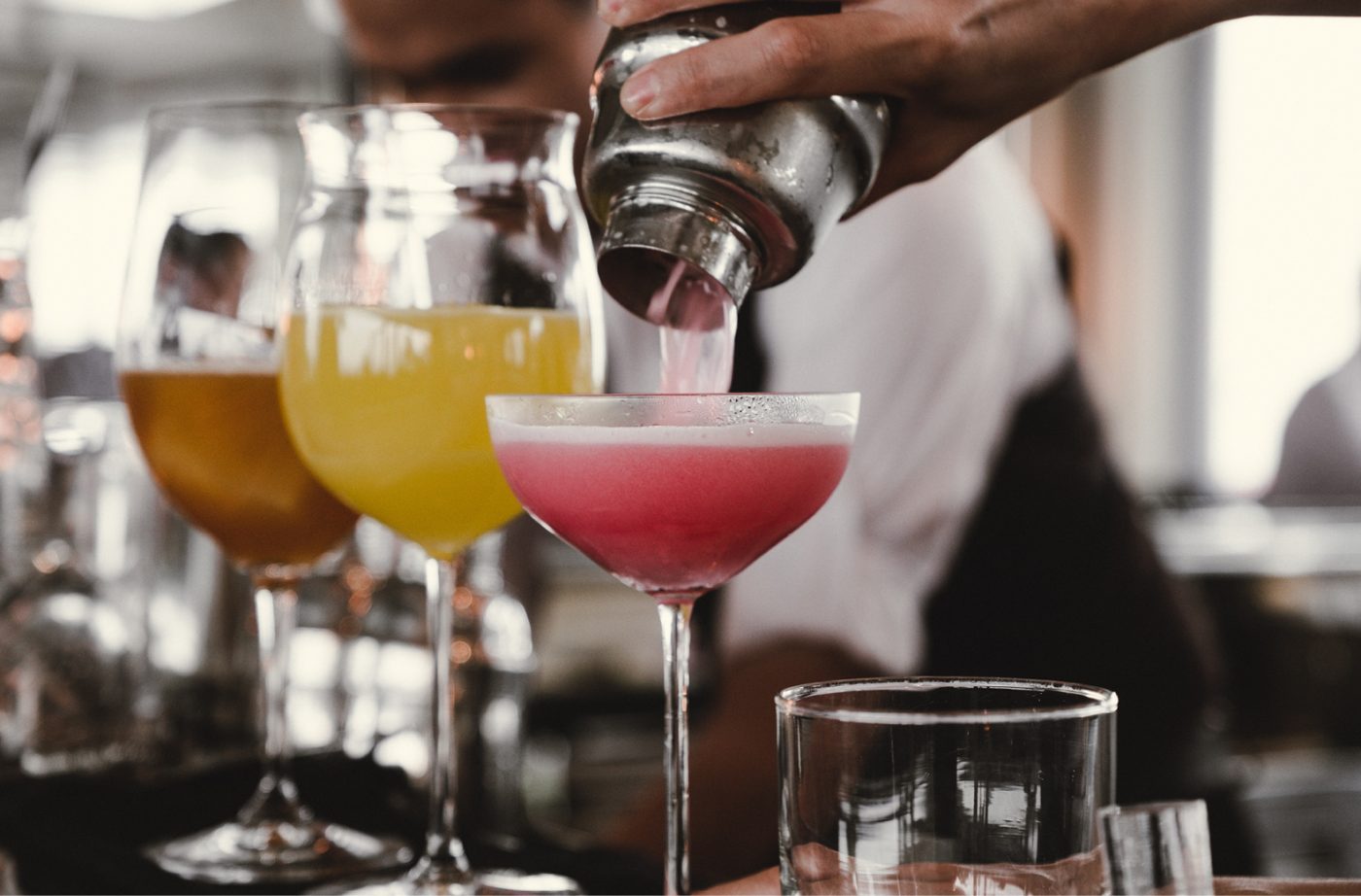
1. Quinine
Quinine – which is a common ingredient in tonic waters and bitter liqueurs – is a compound extracted from the bark of the cinchona tree. In her book The Drunken Botanist, Amy Stewart explains that quinine usage in the beverage industry originated during its time as a medicine against malaria, when people started mixing it with soda water and a bit of sugar to temper its bitter taste.
Quinine levels in tonic waters and other beverages is often strictly regulated by law due to health risks attached to its elevated consumption. For instance, in China, it is listed as a poisonous substance.
Overdose of quinine can lead to cinchonism, a condition which may cause a wide variety of side effects from tinnitus, headaches and nausea to visual disturbances, seizures and hyperventilation.
In his blog Alcademics, journalist Camper English warns of the risk of quinine over consumption in bars, especially when bartenders decide to make their own tonic syrups using cinchona bark. “Homemade tonic waters begin with this tree bark either in chunk or powdered form. The powdered form is particularly hard to strain out of the final beverage, and this could lead to an accidental overdose,” explains Camper. Plus, in The Drunken Botanist, Amy points out that different species of cinchona yields different doses of quinine. This also makes it very difficult to establish the exact quantity in a homemade syrup.
Keeping in mind these dangers, if you want to prepare homemade tonic syrups, Camper recommends to strain the liquid as thoroughly as possible and to make small samples of cocktails featuring this syrup.








